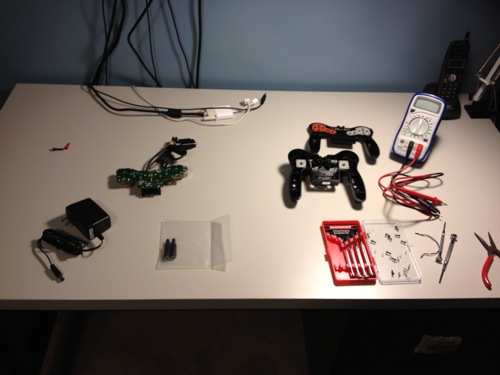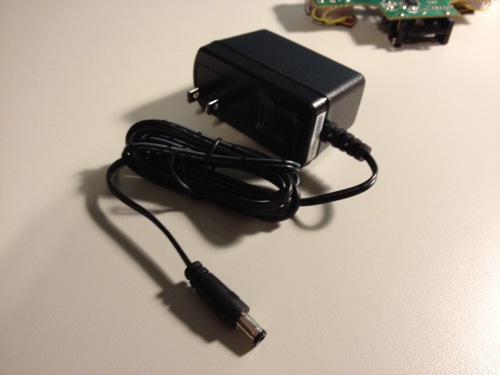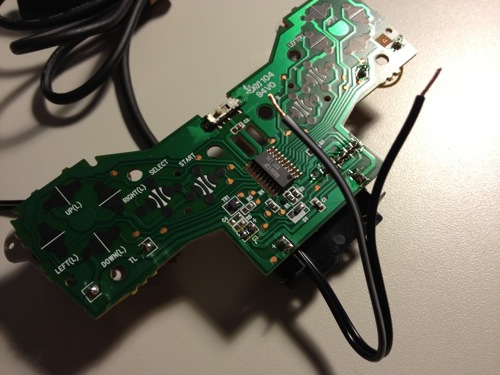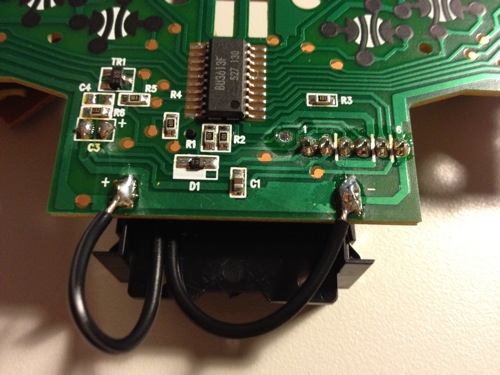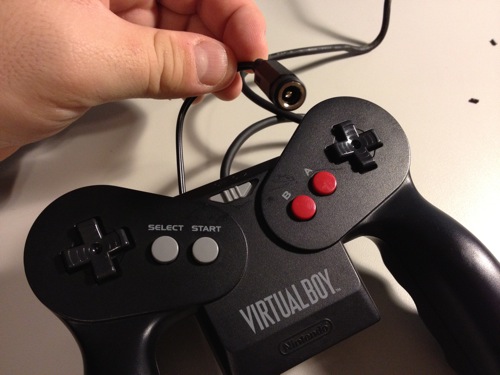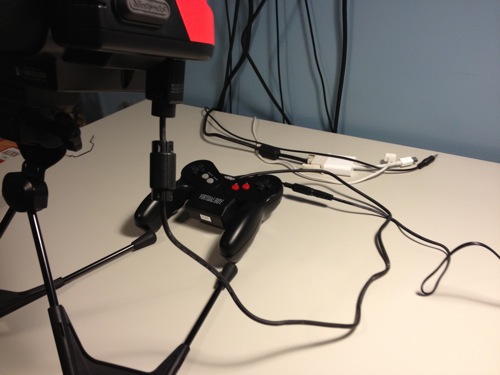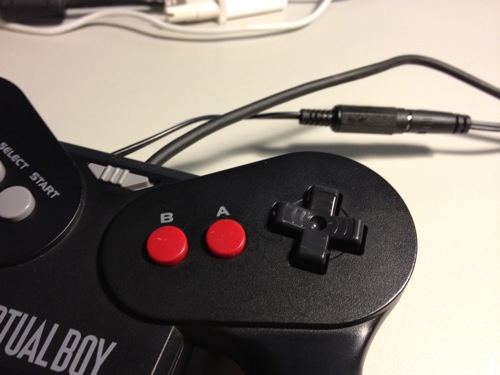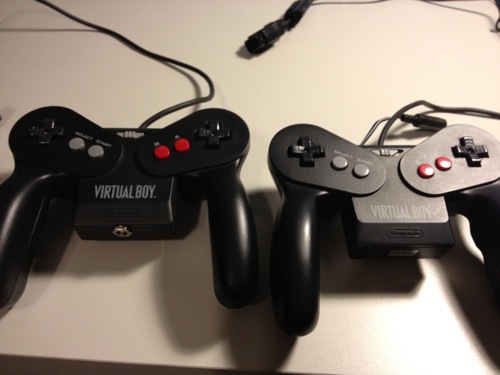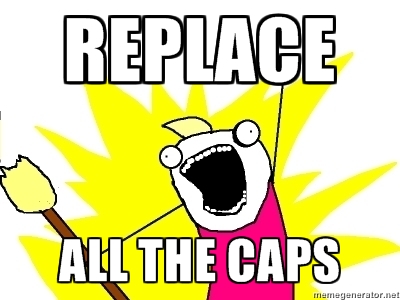If you haven’t noticed I have been a Virtual Boy kick as of late. I have a thing for dead, semi-forgotten machines, ok (see Brave Little Toaster).
A common problem with Virtual Boy, as with the Game Boy, is the LEDs and Screens are attached using an adhesive instead of solder. This is great for the short term, but in the long term the contacts ten to lift as the adhesive ages. There are a couple ways to fix this. There is the much harder, more tedious way of soldering the points directly to the ribbon cable. This involves etching away the old adhesive and having very steady hands. I opted for the second route: take the LED array out and try to re-melt the adhesive using an oven. So, this is that tale.
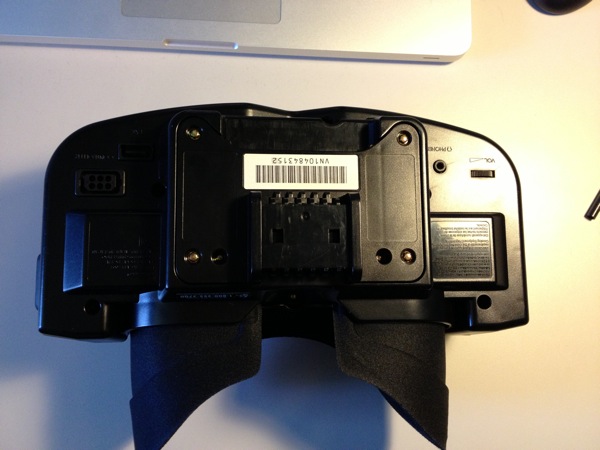
The Virtual Boy pre-strip.
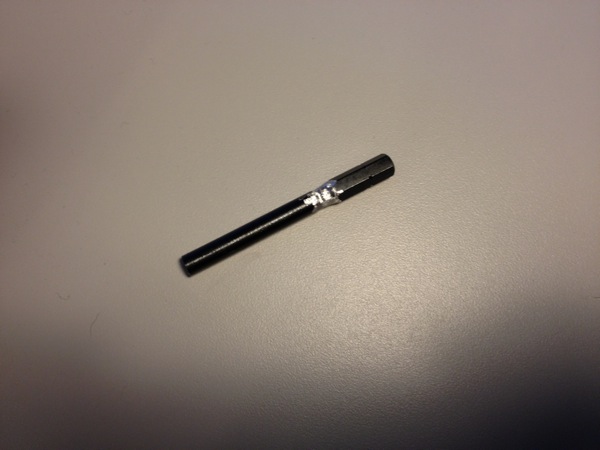
Older Nintendo (maybe current, too) uses a special screw design to prevent tampering known as GameBit. It’s a weird looking star. I had a bit for that, but as long as it was (2″ probably) it still wasn’t long enough to reach the most sunken screws in the Virtual Boy. I had to use a dremel tool to grind away more of the bit so it could fit. Even then it barely made it. Nintendo is serious about the no tampering thing.
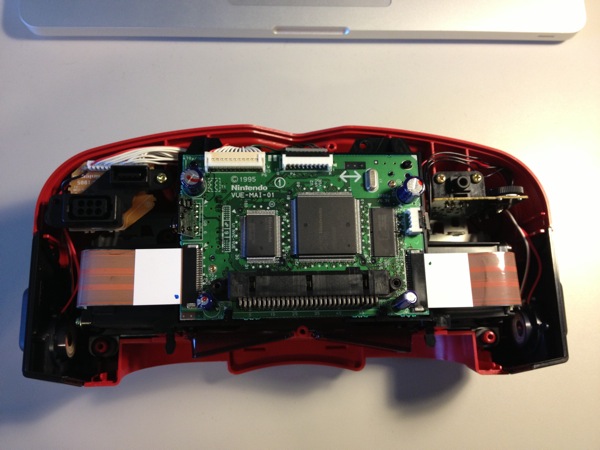
The naked Virtual Boy.
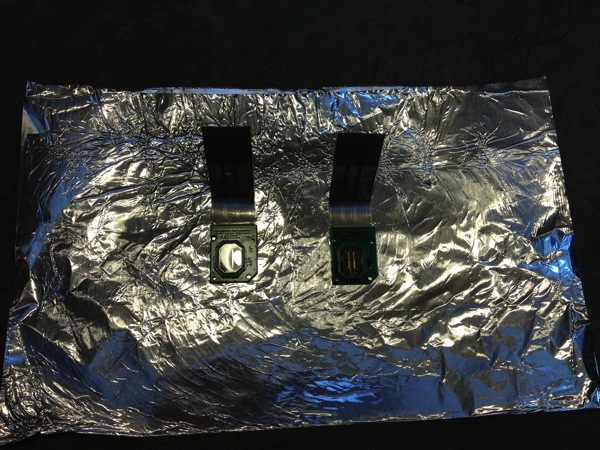
The LEDs ready for the oven.
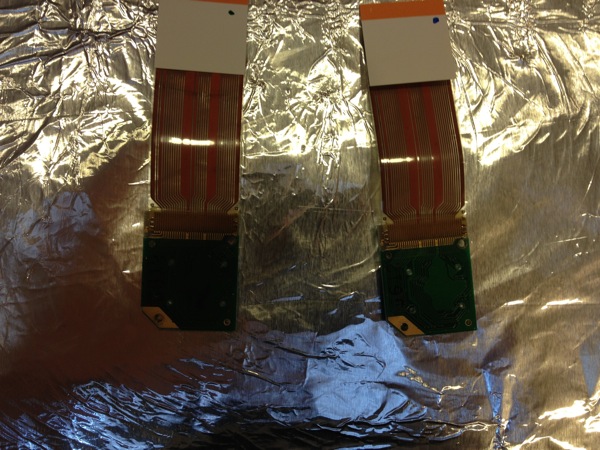
Out of the oven. After this you are supposed to vigorously rub the contact of the ribbon to the board.
The result after this was that it still didn’t fix my problem. Although unlikely, one of the LEDs might be burnt out. I only left it in the 200 degree oven for 2 minutes. I am going to try for 5 minutes next time. I only need to do the right one now that I know the culprit. I hope the next time it works. That one dead line of pixels is far more annoying than it should be.

